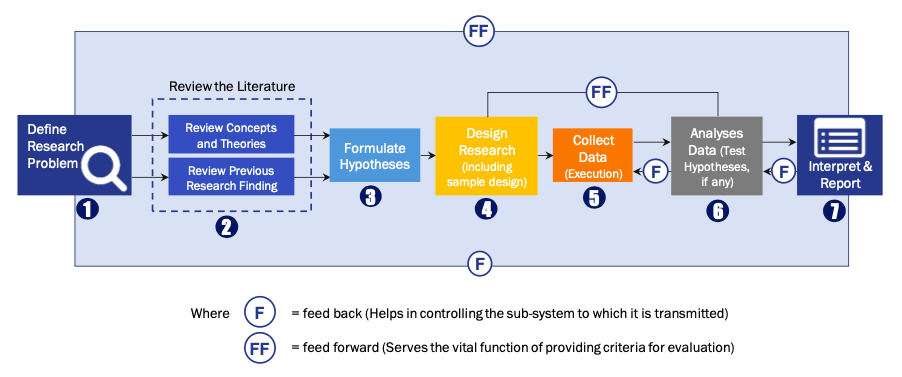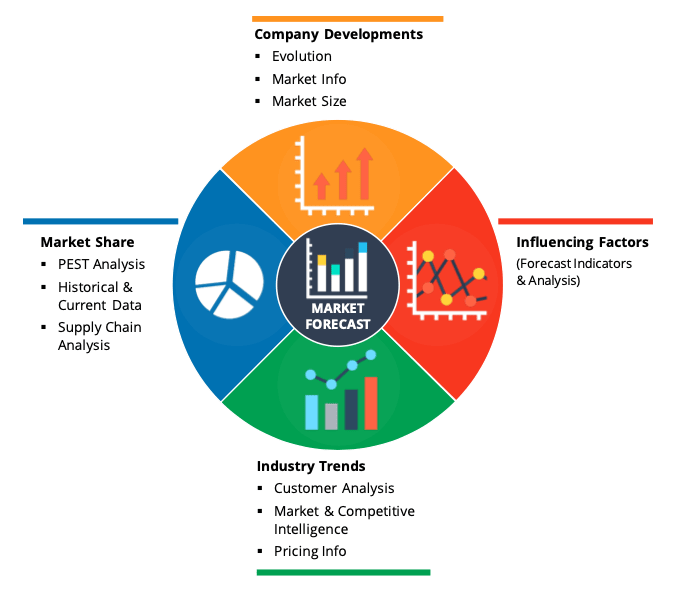Market OverviewSmart inhalers are the inhalers that can be connected to the multiple devices to take patients’ health updates especially for the people suffering from respiratory diseases such as asthma and COPD. Advance technological products requirements in healthcare is one of the major drivers of this market. Large number of people suffering from the diseases worldwide and the high prevalence of respiratory diseases is another major factor leading to the market growth. For Instance the stats published by the World Health Organization (WHO) on the number of people suffering from asthma and COPD were noted around 235 million worldwide. Lack of awareness about these diseases among people is leading to the growing number of incidences in turn driving the demand for smart inhalers.
The growth of smart inhalers market is also attributed to the increasing air pollution, and rising burden on healthcare services owing to the higher cases of asthma and COPD. Additionally, increasing adoption rate of smart inhalers for the proper management of these respiratory diseases are further boosting the growth of the market.
However, availability of substitutive products and high cost of the smart inhalers are expected to restrain the smart inhalers. On the other hand, untapped market in developing countries is expected to provide opportunity for the further market growth.
Segment OverviewKey components analysed in the smart inhalers market are Inhalers and nebulizers. Inhalers segment held the dominant share in 2018 and is expected to exhibit a sturdy growth rate in the future. On the other hand, the nebulizers segment is anticipated to exhibit growth owing to the introduction of technologically advanced solutions.
Hospital pharmacies are the largest end-use segment in share in 2018. Increasing advances in the healthcare industry due to rising R&D activities in the field of medical research is anticipated to fuel the demand for these smart devices in the coming years. Increasing incorporation of data management and personal medicine, particularly in research & hospital labs, because of its growing application scope, including patient engagement, patient health information tracking, workflow management, assurance at hospitals, labs, and other life science companies, is expected to propel the tech market growth.
Regional OverviewGeographically, the market has been segmented into four major economies including North America, Europe, Asia-Pacific, and LAMEA. North America consists of US, Canada, and Rest of North America. Europe comprises of the major countries including UK, Germany, France, Italy, Spain and Rest of Europe. Similarly, Asia Pacific consists of the major countries such as, Japan, China, India, South Korea, Australia and, Rest of Asia Pacific. LAMEA consists of Brazil, Saudi Arabia, UAE, and Rest of LAMEA.
North America region accounted for the major market share in 2018. The presence of established pharmaceutical companies and research labs coupled with higher awareness levels of diseases such as asthma and COPD amongst the end-users is expected to drive the demand. Furthermore, increasing R&D activities in the biotech & pharmaceutical industry and the existence of stringent regulatory compliance requirements is expected to fuel the growth of this vertical during the forecast period. Asia pacific is emerging as an outsourcing hub for the market due to its surging demand amongst the pharmaceutical manufacturers. Increasing cases of diseases such as asthma and other respiratory disorders are expected to fuel the market growth.
Competitor overviewSome of the key market participants include AstraZeneca, Cohero Health, Boehringer Ingelheim, Glaxo Smith Kline, Novartis International AG among various others. The top pharmaceutical companies are implementing digital technology for improved disease management and treatment such as that for asthma and COPD and also for improving the efficacy of various prescribed medicines. Extensive benefits ranging from considerably reducing hospital admissions to refining the efficacy of medicines, makes these smart inhalers the talk of the town in respiratory care segment.
Adherium, one of the key player in the market with majority of the product approvals to its name. as the smart inhalers is the lucrative market due to large number of customer base, acquisitions and collaborations between pharmaceutical companies, device manufacturers, and medical device companies are the major strategies to increase the market share. Moreover, the major players are also focused on the clinical trials and product approvals to stay competitive in the market. For instance; In January 2019; a Poland-based respiratory company FindAir launched the add-on accessory for its digital inhaler and started sales of their product to European consumers.
Key Players
- Adherium
- AstraZeneca
- Boehringer Ingelheim
- Cohero Health
- Glaxo Smith Kline
- Novartis International AG
- Opko Health
- ResMed, Inc.
- Teva Pharmaceutical Industries Limited
- Vectura Group plc.
Market SegmentationBy Product
- Dry Powered Inhalers
- Metered Dose Inhalers
- Nebulizers
- Others
By Indication
By End Use
- Hospitals
- Online Pharmacies
- Retail pharmacies
By Geography
- North America
- Europe
- UK
- Germany
- France
- Italy
- Spain
- Rest of Europe
- Asia-Pacific
- Japan
- China
- India
- Australia
- South Korea
- Rest of Asia-Pacific
- LAMEA
- Brazil
- Saudi Arabia
- UAE
- Rest of LAMEA
Research Process
Data Library Research are conducted by industry experts who offer insight on
industry structure, market segmentations technology assessment and competitive landscape (CL), and penetration, as well as on emerging trends. Their analysis is based on primary interviews (~ 80%) and secondary research (~ 20%) as well as years of professional expertise in their respective industries. Adding to this, by analysing historical trends and current market positions, our analysts predict where the market will be headed for the next five years. Furthermore, the varying trends of segment & categories geographically presented are also studied and the estimated based on the primary & secondary research.
In this particular report from the supply side Data Library Research has conducted primary surveys (interviews) with the key level executives (VP, CEO’s, Marketing Director, Business Development Manager
and SOFT) of the companies that active & prominent as well as the midsized organization
FIGURE 1: DLR RESEARH PROCESS

Primary Research
Extensive primary research was conducted to gain a deeper insight of the market and industry performance. The analysis is based on both primary and secondary research as well as years of professional expertise in the respective industries.
In addition to analysing current and historical trends, our analysts predict where the market is headed over the next five years.
It varies by segment for these categories geographically presented in the list of market tables. Speaking about this particular report we have conducted primary surveys (interviews) with the key level executives (VP, CEO’s, Marketing Director, Business Development Manager and many more) of the major players active in the market.
Secondary Research
Secondary research was mainly used to collect and identify information useful for the extensive, technical, market-oriented, and Friend’s study of the Global Extra Neutral Alcohol. It was also used to obtain key information about major players, market classification and segmentation according to the industry trends, geographical markets, and developments related to the market and technology perspectives. For this study, analysts have gathered information from various credible sources, such as annual reports, sec filings, journals, white papers, SOFT presentations, and company web sites.
Market Size Estimation
Both, top-down and bottom-up approaches were used to estimate and validate the size of the Global market and to estimate the size of various other dependent submarkets in the overall Extra Neutral Alcohol. The key players in the market were identified through secondary research and their market contributions in the respective geographies were determined through primary and secondary research.
Forecast Model


